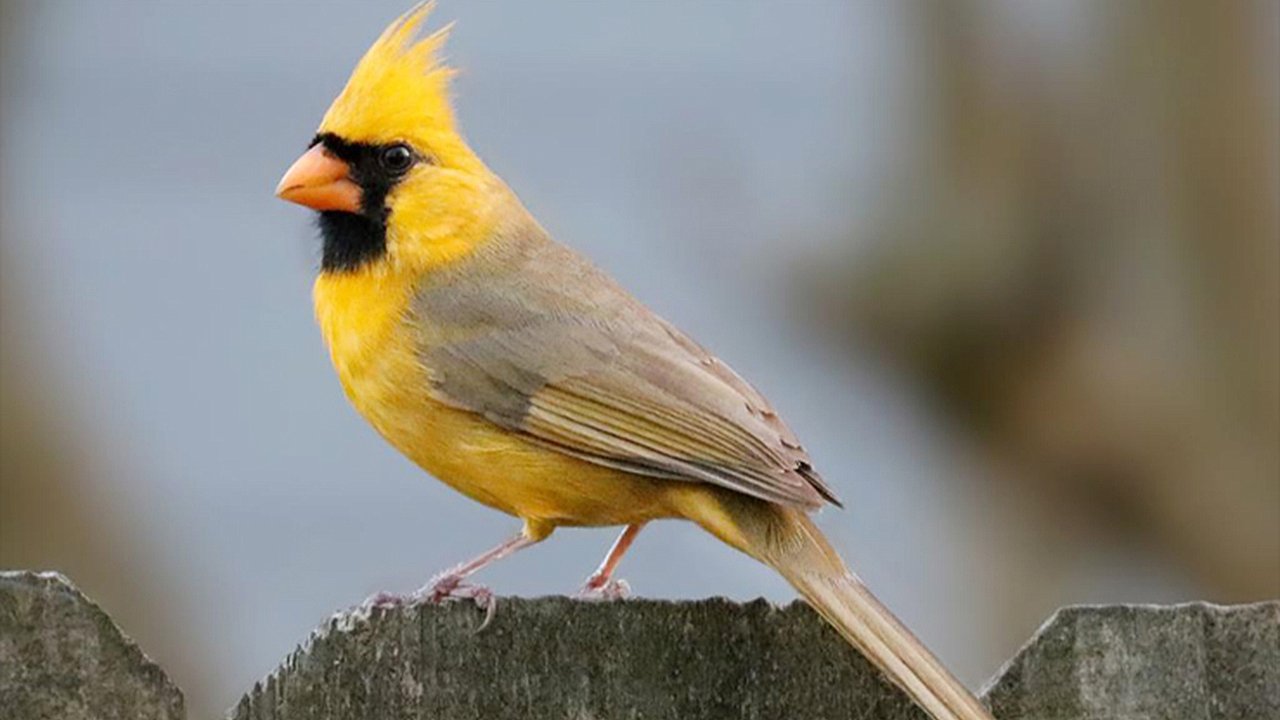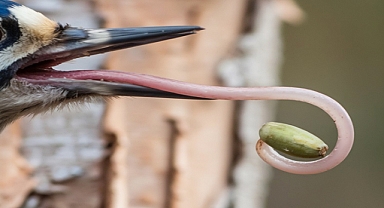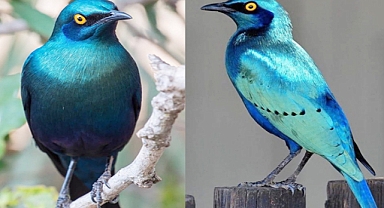Golden Surprise Appears in Alabama Neighborhood
In a rare and remarkable sighting, a vivid yellow cardinal has been discovered frequenting a backyard feeder in Alabaster, Alabama, sparking excitement among bird enthusiasts and scientists. The bird, an adult male northern cardinal, would typically sport the familiar scarlet plumage, but due to a unique genetic mutation, its feathers are instead a brilliant yellow.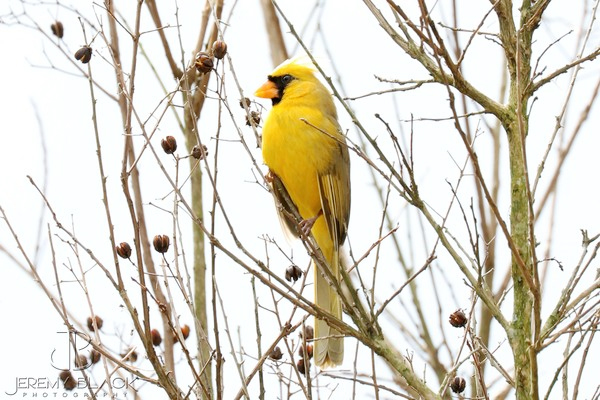 Dr. Geoffrey Hill, a biology professor at Auburn University and expert in bird coloration, confirmed the identity of the bird. “It’s the same species as our common red cardinal, but this individual carries a mutation that disrupts pigment conversion, turning its feathers yellow,” Hill explained.Charlie Stephenson, a longtime birdwatcher and Alabaster resident, first noticed the unusual visitor in late January. “At first, I didn’t recognize what I was seeing,” she said. “Then I realized it was a cardinal—but it was bright yellow instead of red.”Stephenson shared photos and videos of the rare bird on Facebook but has kept her exact location private to prevent crowds from overwhelming her property. She mentioned that the bird typically appears at her feeder in the early morning and late afternoon on weekends, when she has time to watch.Photographer Waits Hours for a Glimpse
Dr. Geoffrey Hill, a biology professor at Auburn University and expert in bird coloration, confirmed the identity of the bird. “It’s the same species as our common red cardinal, but this individual carries a mutation that disrupts pigment conversion, turning its feathers yellow,” Hill explained.Charlie Stephenson, a longtime birdwatcher and Alabaster resident, first noticed the unusual visitor in late January. “At first, I didn’t recognize what I was seeing,” she said. “Then I realized it was a cardinal—but it was bright yellow instead of red.”Stephenson shared photos and videos of the rare bird on Facebook but has kept her exact location private to prevent crowds from overwhelming her property. She mentioned that the bird typically appears at her feeder in the early morning and late afternoon on weekends, when she has time to watch.Photographer Waits Hours for a Glimpse
Professional photographer Jeremy Black, a friend of Stephenson’s, was captivated by the photos she posted online. Intrigued, he asked if he could attempt to capture the cardinal on film. On February 19, after nearly five hours of patient observation, Black succeeded in photographing the elusive bird.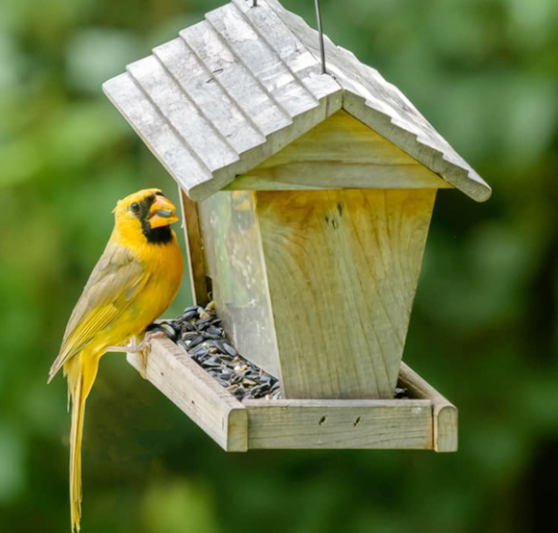 “I started out sitting in her backyard and watched a lot of regular cardinals fly by,” Black said. “Eventually, I hid out in her screened-in porch, and that’s when the yellow one finally showed up.”Black, who specializes in portraits and wildlife photography, now hopes to capture an image of the yellow cardinal perched beside a traditional red one. “That would be the perfect contrast—something truly one of a kind.”A One-in-a-Million Mutation
“I started out sitting in her backyard and watched a lot of regular cardinals fly by,” Black said. “Eventually, I hid out in her screened-in porch, and that’s when the yellow one finally showed up.”Black, who specializes in portraits and wildlife photography, now hopes to capture an image of the yellow cardinal perched beside a traditional red one. “That would be the perfect contrast—something truly one of a kind.”A One-in-a-Million Mutation
Professor Hill emphasized the rarity of such a bird. Despite decades of research and fieldwork, he has never personally seen one. “In any given year, I’d estimate that only two or three yellow cardinals are spotted at feeders across the U.S. and Canada,” Hill said. “When you consider the number of feeders—probably a million or more—that makes this a one-in-a-million bird.”Cardinals achieve their signature red color by converting yellow pigments (carotenoids) from their diet—such as those found in carrots and sweet potatoes—into red via a specific enzyme. Hill’s research helped identify this enzyme, known as CYP2J19, which plays a crucial role in that color transformation. In this cardinal, a mutation appears to have disrupted the enzyme’s function, preventing the color change and leaving the feathers yellow.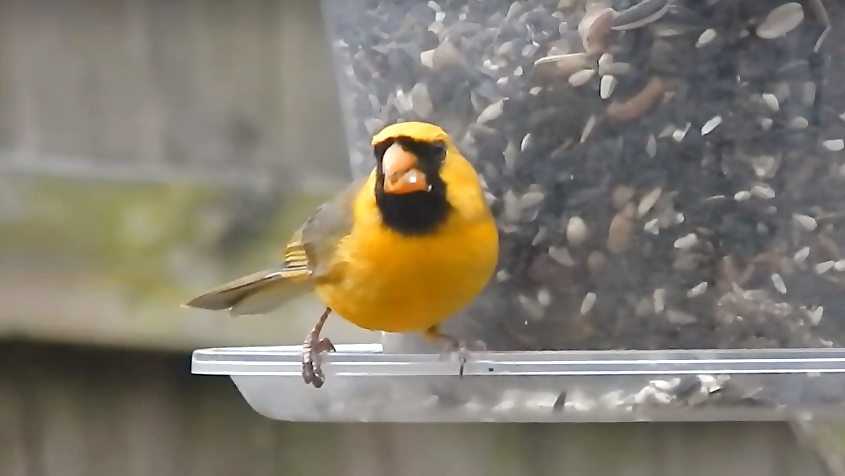 Although currently on sabbatical in Australia, Hill expressed interest in studying the bird further and hopes to obtain a feather sample for genetic analysis. “It would help us understand exactly what caused this mutation and how it affects pigmentation,” he said.A Moment to Remember
Although currently on sabbatical in Australia, Hill expressed interest in studying the bird further and hopes to obtain a feather sample for genetic analysis. “It would help us understand exactly what caused this mutation and how it affects pigmentation,” he said.A Moment to Remember
Stephenson, unaware of just how extraordinary her backyard guest was at first, now realizes she’s witnessing something truly rare. “I’ve seen albino and leucistic birds before, but this is something entirely different,” she said.Meanwhile, Black is determined to document more images of the bird while it remains in the area. “This is one of those photographic opportunities that only comes around once in a lifetime,” he said.For now, the golden cardinal continues to visit the quiet Alabama neighborhood, leaving everyone who sees it with a sense of awe—and a new appreciation for nature’s surprises.
In a rare and remarkable sighting, a vivid yellow cardinal has been discovered frequenting a backyard feeder in Alabaster, Alabama, sparking excitement among bird enthusiasts and scientists. The bird, an adult male northern cardinal, would typically sport the familiar scarlet plumage, but due to a unique genetic mutation, its feathers are instead a brilliant yellow.
 Dr. Geoffrey Hill, a biology professor at Auburn University and expert in bird coloration, confirmed the identity of the bird. “It’s the same species as our common red cardinal, but this individual carries a mutation that disrupts pigment conversion, turning its feathers yellow,” Hill explained.Charlie Stephenson, a longtime birdwatcher and Alabaster resident, first noticed the unusual visitor in late January. “At first, I didn’t recognize what I was seeing,” she said. “Then I realized it was a cardinal—but it was bright yellow instead of red.”Stephenson shared photos and videos of the rare bird on Facebook but has kept her exact location private to prevent crowds from overwhelming her property. She mentioned that the bird typically appears at her feeder in the early morning and late afternoon on weekends, when she has time to watch.Photographer Waits Hours for a Glimpse
Dr. Geoffrey Hill, a biology professor at Auburn University and expert in bird coloration, confirmed the identity of the bird. “It’s the same species as our common red cardinal, but this individual carries a mutation that disrupts pigment conversion, turning its feathers yellow,” Hill explained.Charlie Stephenson, a longtime birdwatcher and Alabaster resident, first noticed the unusual visitor in late January. “At first, I didn’t recognize what I was seeing,” she said. “Then I realized it was a cardinal—but it was bright yellow instead of red.”Stephenson shared photos and videos of the rare bird on Facebook but has kept her exact location private to prevent crowds from overwhelming her property. She mentioned that the bird typically appears at her feeder in the early morning and late afternoon on weekends, when she has time to watch.Photographer Waits Hours for a GlimpseProfessional photographer Jeremy Black, a friend of Stephenson’s, was captivated by the photos she posted online. Intrigued, he asked if he could attempt to capture the cardinal on film. On February 19, after nearly five hours of patient observation, Black succeeded in photographing the elusive bird.
 “I started out sitting in her backyard and watched a lot of regular cardinals fly by,” Black said. “Eventually, I hid out in her screened-in porch, and that’s when the yellow one finally showed up.”Black, who specializes in portraits and wildlife photography, now hopes to capture an image of the yellow cardinal perched beside a traditional red one. “That would be the perfect contrast—something truly one of a kind.”A One-in-a-Million Mutation
“I started out sitting in her backyard and watched a lot of regular cardinals fly by,” Black said. “Eventually, I hid out in her screened-in porch, and that’s when the yellow one finally showed up.”Black, who specializes in portraits and wildlife photography, now hopes to capture an image of the yellow cardinal perched beside a traditional red one. “That would be the perfect contrast—something truly one of a kind.”A One-in-a-Million MutationProfessor Hill emphasized the rarity of such a bird. Despite decades of research and fieldwork, he has never personally seen one. “In any given year, I’d estimate that only two or three yellow cardinals are spotted at feeders across the U.S. and Canada,” Hill said. “When you consider the number of feeders—probably a million or more—that makes this a one-in-a-million bird.”Cardinals achieve their signature red color by converting yellow pigments (carotenoids) from their diet—such as those found in carrots and sweet potatoes—into red via a specific enzyme. Hill’s research helped identify this enzyme, known as CYP2J19, which plays a crucial role in that color transformation. In this cardinal, a mutation appears to have disrupted the enzyme’s function, preventing the color change and leaving the feathers yellow.
 Although currently on sabbatical in Australia, Hill expressed interest in studying the bird further and hopes to obtain a feather sample for genetic analysis. “It would help us understand exactly what caused this mutation and how it affects pigmentation,” he said.A Moment to Remember
Although currently on sabbatical in Australia, Hill expressed interest in studying the bird further and hopes to obtain a feather sample for genetic analysis. “It would help us understand exactly what caused this mutation and how it affects pigmentation,” he said.A Moment to RememberStephenson, unaware of just how extraordinary her backyard guest was at first, now realizes she’s witnessing something truly rare. “I’ve seen albino and leucistic birds before, but this is something entirely different,” she said.Meanwhile, Black is determined to document more images of the bird while it remains in the area. “This is one of those photographic opportunities that only comes around once in a lifetime,” he said.For now, the golden cardinal continues to visit the quiet Alabama neighborhood, leaving everyone who sees it with a sense of awe—and a new appreciation for nature’s surprises.
